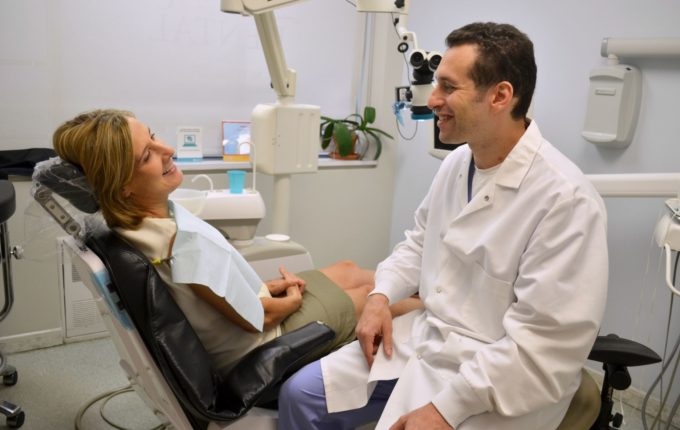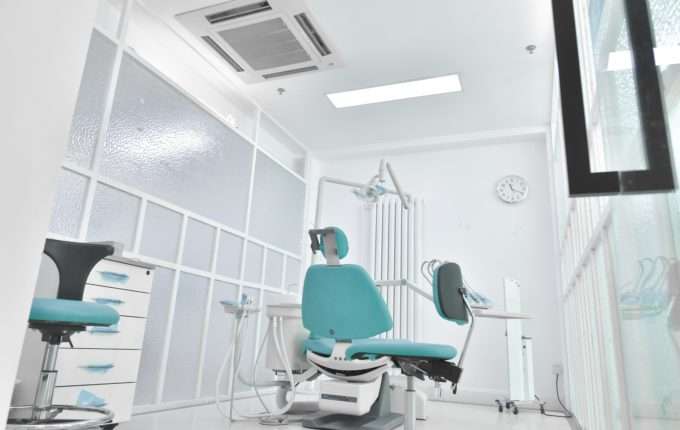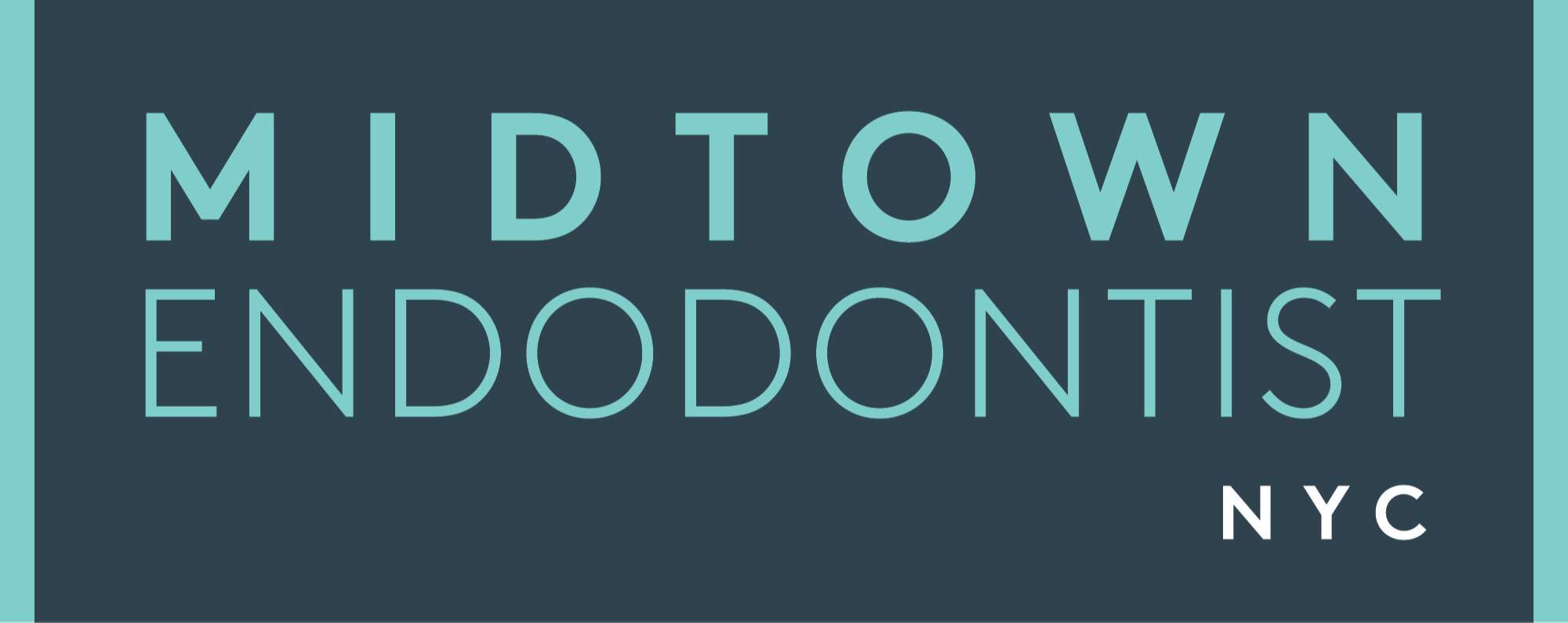What Is a CBCT Scan and Why It Matters for Your Dental Health
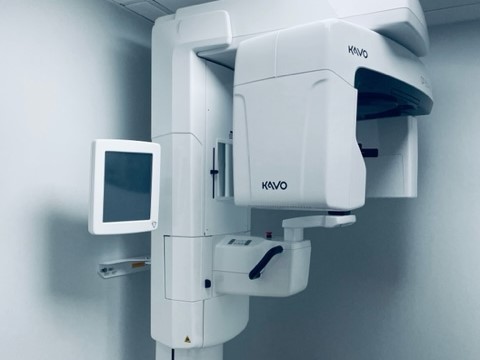
What Is a CBCT Scan and Why It Matters for Your Dental Health
In modern dentistry, precision matters. That’s why more dental professionals, especially endodontists, are turning to CBCT scans—Cone Beam Computed Tomography—to provide advanced diagnostic imaging that goes far beyond traditional x-rays.
Whether you’re preparing for endodontic treatment, evaluating jaw pain, or planning a dental implant, a CBCT scan offers a fast, accurate, and noninvasive way to see what’s going on beneath the surface with remarkable clarity.
How a CBCT Scan Works
CBCT technology captures more than 150 images of your head, jaw, and oral structures from multiple angles. These are digitally compiled into one high-resolution 3D image. The result? A comprehensive view of your bone, nerves, soft tissue, and teeth that can’t be achieved with standard two-dimensional X-rays.
Unlike traditional CT scanners used in hospitals, CBCT units are open and compact. You’ll either stand or sit during the scan while the machine gently rotates around your head. The process takes just seconds—typically under 40 for a full scan—and there’s no discomfort or downtime involved.
What a CBCT Scan Reveals
CBCT imaging is incredibly detailed and allows your endodontist to assess:
- Bone structure and density
- Tooth orientation and root anatomy
- Infections or cysts in the jaw
- Impacted teeth or fractures
- TMJ conditions
- Sinus and nasal cavity health
- Airway obstruction
- Existing dental work (implants, crowns, fillings)
- Early signs of decay and gum disease
For endodontic procedures such as root canal therapy or retreatment, a CBCT is particularly valuable in detecting curved or fractured roots, missed canals, or unusual anatomy that may not appear on a standard X-ray.
Why Your Endodontist May Recommend a CBCT Scan
CBCT scans are commonly used to:
- Provides a 3D view of complex root canal anatomy
- Detects hidden or extra canals not seen on traditional X-rays
- Identifies infections, cysts, or abscesses around the tooth root
- Reveals vertical root fractures and resorption areas
- Aids in diagnosing persistent pain after previous root canal therapy
- Helps plan surgical procedures like apicoectomies with greater precision
- Assesses the extent of bone loss or damage near the root tip
- Pinpoints proximity to critical structures like nerves and sinuses
- Confirms healing and success after endodontic treatment
- Supports planning for retreatment or complicated cases with calcified canals
The ability to visualize both hard and soft tissues in 3D allows your endodontist to make more accurate diagnoses and reduce the risk of complications during procedures.
Safety and Convenience
Yes, CBCT scans use radiation, but the dose is significantly lower than that of traditional CT scans. The scan is painless, fast, and non-enclosed, making it ideal even for patients with claustrophobia. Most scans are completed in under a minute, and you can return to normal activities immediately.
Better yet, many dental insurance plans cover the cost of CBCT imaging when deemed medically necessary by your endodontist or general dentist.
Precision Matters in Endodontic Treatment
The difference between an average outcome and an excellent one often comes down to planning. CBCT scans help your endodontist create a treatment plan based on real-time, comprehensive data, resulting in more predictable procedures and long-term results.
Have questions about CBCT scans or wondering if one is right for you? We’re here to help. Contact our office to schedule a consultation and experience the benefits of advanced imaging in expert hands.
CBCT Scan FAQ
Is a CBCT scan safe?
Yes. CBCT scans use a low dose of radiation—far less than traditional CT scans—making them a safe option for diagnostic imaging in dentistry and endodontics.
Does a CBCT scan hurt?
Not at all. The scan is completely painless, noninvasive, and does not require any special preparation.
How long does the scan take?
If a partial scan is needed—focused on a single tooth or specific area—it usually takes 20-40 seconds to complete. A full scan, which may capture the entire jaw or both dental arches, takes slightly longer—typically around 40 to 60 seconds. Despite the short scan time, the full appointment usually lasts about 10 to 15 minutes. This includes reviewing your medical history, positioning you for the scan, capturing the images, and sometimes a brief discussion about preliminary findings.
Will I need to miss work or rest afterward?
No. There’s no downtime required. You can return to work, eat, exercise, or go about your day immediately after the scan.
Why would I need a CBCT scan instead of a regular X-ray?
Traditional X-rays provide only two-dimensional images. A CBCT scan creates a detailed 3D image that allows your endodontist to evaluate complex root structures, identify hidden infections, and plan treatments with a high degree of accuracy—something standard X-rays simply can’t match.
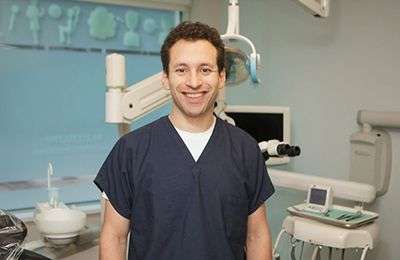 Our Providers
Our Providers
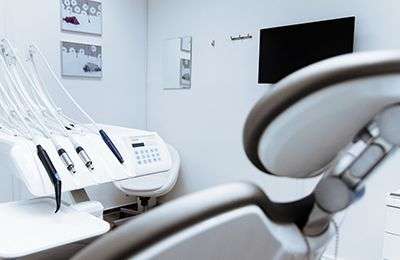 Blog
Blog
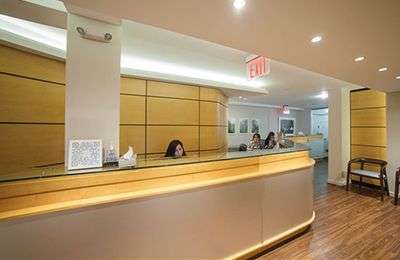 Contact us
Contact us
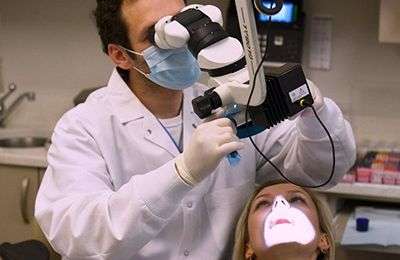 Endodontics
Endodontics
 Root Canal Treatment
Root Canal Treatment
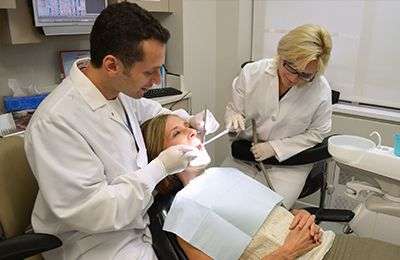 Emergency Root Canal
Emergency Root Canal
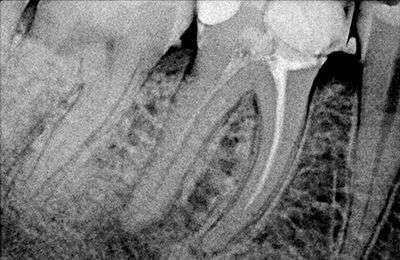 Root Canal Retreatment
Root Canal Retreatment
 Complimentary Teeth Whitening
Complimentary Teeth Whitening
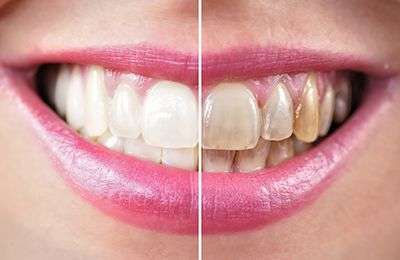 Teeth Whitening
Teeth Whitening
